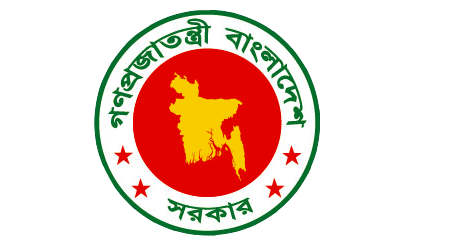Urban poverty is often associated with factors such as low living conditions, low wage labour, malnutrition etc. Urban poverty increased in the late 1990s: from 27.8 percent in 1995 to 35.2 percent in 2000. One reason for this could be rapid rural-urban migration. The conditions of life of the urban poor in Bangladesh have been depicted as worse than those of rural poor. Bangladesh experiences one of the highest rates of urbanization with the urban population doubling from around 21 million in 1990 to 43 million in 2010 (World Bank, 2011).
Objective: To present the poverty dynamics in urban areas, the challenges of reaching the urban poor and the scope of including the urban poor in social protection programs.
Methodology:
Poverty analysis done using various years Household Income and Expenditure Survey (HIES) data. HIES data is complemented by various studies and reports.


